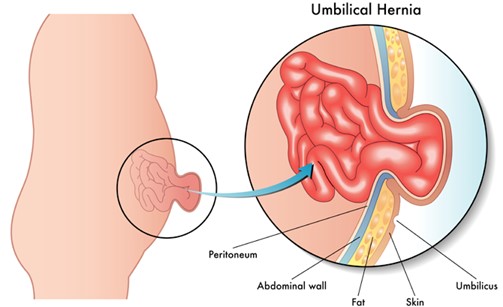The nurse is assessing a first day postpartum client. Which finding is most indicative of a postpartum infection?
White Blood Cell (WBC. Reference Range: 5000-10,000/mm^3 (5-10 x 10^9/L)
Moderate amount of foul-smelling lochia.
Blood pressure of 122/74 mm Hg
Oral temperature of 100.2°F (37.9°C..
White blood cell count of 19,000/mm^3 (19 x 10^9/L)
The Correct Answer is A
Choice B reason: Blood pressure of 122/74 mm Hg is within the normal range for a postpartum client and does not indicate an infection. However, the nurse should monitor for signs of preeclampsia or eclampsia, such as hypertension, proteinuria, headache, blurred vision, and seizures.
Choice C reason: Oral temperature of 100.2°F (37.9°C. is slightly elevated, but not necessarily indicative of an infection. A mild fever may occur within the first 24 hours after delivery due to dehydration or hormonal changes. However, if the fever persists or increases, the nurse should suspect an infection and notify the healthcare provider.
Choice D reason: White blood cell count of 19,000/mm^3 (19 x 10^9/L) is higher than the normal range, but not necessarily indicative of an infection. A leukocytosis or increased WBC count may occur as a normal response to stress or trauma during delivery. However, if the WBC count remains elevated or increases further, the nurse should suspect an infection and notify the healthcare provider.
Nursing Test Bank
Naxlex Comprehensive Predictor Exams
Related Questions
Correct Answer is B
Explanation
Choice A: An abdominal binder can be worn daily to reduce the protrusion is not a correct explanation for the nurse to provide, as this is not an effective or recommended method to treat a hernia. This is a distractor choice.
Choice B: This hernia is a normal variation that resolves without treatment is a correct explanation for the nurse to provide, as this refers to an umbilical hernia, which is a common and harmless condition in infants that usually disappears by age 2. Therefore, this is the correct choice.
Choice C: The quarter should be secured with an elastic bandage wrap is not a correct explanation for the nurse to provide, as this is a folk remedy that has no scientific basis and can cause skin irritation and infection. This is another distractor choice.
Choice D: Restrictive clothing will be adequate to help the hernia go away is not a correct explanation for the nurse to provide, as this is not a proven or safe way to treat a hernia. This is another distractor choice.

Correct Answer is D
Explanation
Choice A: Which medication works best for you? This is not the most important question, as it does not address the current status or risk of the client. The medication history is a part of the assessment, but it does not help identify the content or impact of the hallucinations.
Choice B: When do you hear voices? This is not the most important question, as it does not address the current status or risk of the client. The frequency and timing of the hallucinations are a part of the assessment, but they do not help identify the content or impact of the hallucinations.
Choice C: How do you cope with the voices? This is not the most important question, as it does not address the current status or risk of the client. The coping strategies are a part of the assessment, but they do not help identify the content or impact of the hallucinations.
Choice D: What are the voices saying? This is the most important question, as it addresses the current status and risk of the client. The content and impact of the hallucinations are a part of the assessment, as they can help identify if the client is experiencing command hallucinations, which may instruct them to harm themselves or others.
Whether you are a student looking to ace your exams or a practicing nurse seeking to enhance your expertise , our nursing education contents will empower you with the confidence and competence to make a difference in the lives of patients and become a respected leader in the healthcare field.
Visit Naxlex, invest in your future and unlock endless possibilities with our unparalleled nursing education contents today
Report Wrong Answer on the Current Question
Do you disagree with the answer? If yes, what is your expected answer? Explain.
Kindly be descriptive with the issue you are facing.
